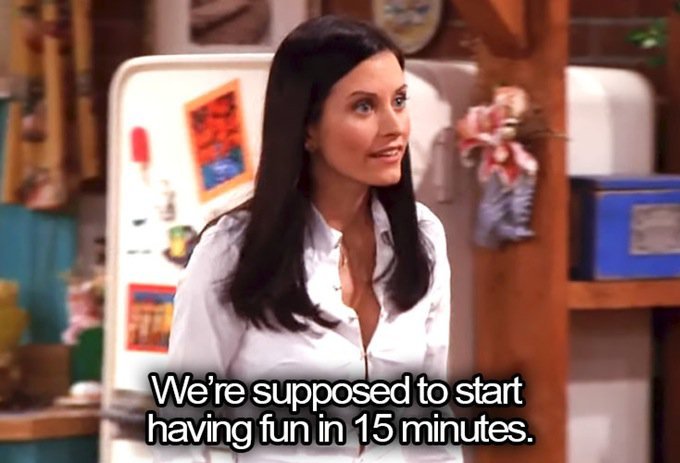By-Aditi Chhetri
In the bustling city of Howrah, West Bengal, India, amidst the cacophony of urban life, there stands a silent sentinel of nature’s grandeur. The Great Banyan Tree, or simply the “Great Banyan,” has captivated the imagination of all who have had the privilege of setting eyes upon it. This magnificent tree is not just a biological marvel but a symbol of endurance, resilience, and the enduring power of life. In this blog, we embark on a journey to explore the awe-inspiring story of the Great Banyan Tree of Howrah.

I. A Botanical Marvel:
The Great Banyan Tree, scientifically known as Ficus Bengalese’s, is an exceptional specimen of its kind. While many banyan trees are known for their expansive canopies, the Great Banyan has taken this to a whole new level. With its vast labyrinthine network of roots, it covers an astonishing area, making it the largest known banyan tree in the world.
(a) Dimensions Beyond Belief:
Spanning a colossal 4.68 acres, this giant tree has earned its place in the Guinness Book of World Records. It’s hard to fathom the sheer scale of this living organism – an entire forest encapsulated in a single tree.
(b) Historical Significance:
The Great Banyan Tree is believed to have been planted in the early 19th century, making it over two centuries old. Its existence predates the construction of the iconic Howrah Bridge, which now stands as a testament to modern engineering right nearby.

II. The Life Story of a Giant:
To understand the Great Banyan’s journey, we need to delve into its life story, which is nothing short of remarkable.
(a) Multiple Trunk Formation:
One of the most intriguing aspects of this tree is its peculiar growth pattern. The main trunk of the original tree was affected by a disease in the late 19th century and had to be removed. However, the tree did not wither away; instead, it continued to grow horizontally. Multiple trunks emerged from the remaining branches, and the Great Banyan tree lives on through them.
(b) Immortal through Aerial Propagation:
The Great Banyan employs a unique survival strategy called “aerial prop roots.” These roots grow from the branches and reach down to the ground, taking root and eventually becoming part of the tree’s complex structure. This phenomenon allows the tree to perpetuate itself, effectively making it immortal.

III. A Home for Countless Lives:
Beyond its botanical significance, the Great Banyan is a bustling ecosystem in its own right, supporting an incredible diversity of flora and fauna.
(a) Bird Paradise:
The sprawling canopy of the Great Banyan provides an ideal habitat for a wide variety of birds. Ornithologists and bird enthusiasts flock to the tree to witness species such as parakeets, mynas, and pigeons in their natural habitat.
(b) Miniature Ecosystems:
Within the network of its roots and branches, the Great Banyan houses numerous miniature ecosystems. Insects, fungi, and other organisms thrive in this microcosm, making it a subject of fascination for ecologists.

IV. Cultural Significance:
The Great Banyan Tree of Howrah is not only a biological wonder but also a cultural icon with deep-rooted significance.
(a) Sacred Ground:
For generations, the tree has been a site for religious and spiritual gatherings. It’s often considered sacred and serves as a backdrop for various rituals and ceremonies.
(b) Artistic Inspiration:
The tree has been a muse for many artists, poets, and writers. Its majestic form and historical significance have been captured in countless works of literature and art.
V. Challenges and Preservation:
Despite its enduring presence, the Great Banyan Tree faces several challenges, primarily due to urbanization and environmental factors.
(a) Environmental Stress:
Increased pollution, reduced groundwater levels, and changes in climate patterns have taken a toll on the tree’s health. Conservation efforts are crucial to mitigate these threats.
(b) Conservation Initiatives:
To protect this natural wonder, various conservation initiatives have been undertaken. Measures such as regular health checks, controlled irrigation, and restricting human interference are helping safeguard the Great Banyan’s future.

The Great Banyan Tree of Howrah stands as a testament to the resilience and majesty of the natural world. Its story is not just that of a tree but a living chronicle of time, witnessing the evolution of a city and the changing landscapes of human existence. As we marvel at this colossal botanical marvel, let us also reflect on our responsibility to preserve and protect such precious treasures of nature for generations to come. In the heart of Howrah, the Great Banyan Tree remains a symbol of life’s enduring spirit and a living connection to our planet’s rich history.
REFERENCES:
• Ugc. (2023b, October 3). Great Banyan Tree. Atlas Obscura. https://www.atlasobscura.com/places/great-banyan-tree
• Rongmei, P. (n.d.). Story of the Great Banyan, world’s largest banyan tree. Times of India Travel. https://timesofindia.indiatimes.com/travel/destinations/story-of-the-great-banyan-worlds-largest-banyan-tree/articleshow/92971166.cms
• Pearce, S. (2023, August 21). The Great Banyan Tree & 8 Important Tips For Visiting Kolkata Botanical Gardens. Third Eye Traveller. https://thirdeyetraveller.com/the-great-banyan-tree-kolkata-botanical-gardens/
• Roche, E. (2022, April 21). The largest banyan tree in the world is located in India. Condé Nast Traveller India. https://www.cntraveller.in/story/kolkata-west-bengal–largest-banyan-tree-in-the-world/
• Wikipedia contributors. (2023a). The Great Banyan. Wikipedia. https://en.m.wikipedia.org/wiki/The_Great_Banyan


























































































































































































You must be logged in to post a comment.